Recently, Disney-Pixar invited AllEars.net down to Pixar Studios to take an early look at the latest addition to their evergreen series, “Toy Story 4.”

Continuing on with our early press day that we wrote about here, the next panel was “From Start To Finish: Creating a Scene In Toy Story 4.”
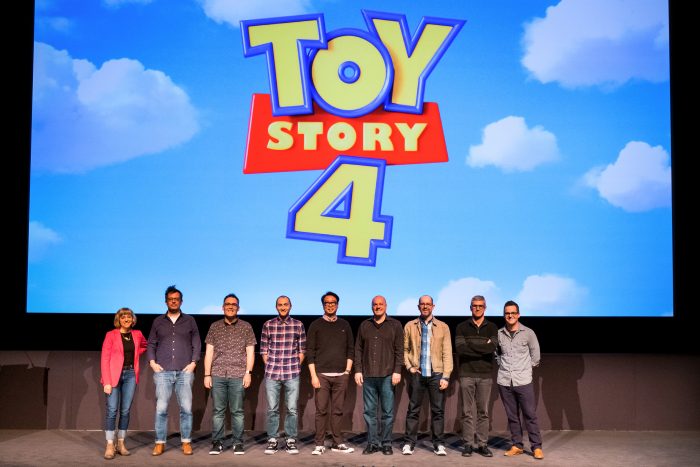
To illustrate the process of conceiving and producing an animated sequence, the filmmakers looked at a scene titled “Meet Gabby Gabby.” At the beginning, the screenplay is broken down into 28-30 sequences, which are then passed to artists for drawing. The artist will produce 100-300 drawings per sequence that they then pitch to the production team. Once approved, it goes to the Editorial Department which starts making it into a movie with sound affects, scratch voices, etc. This usually takes around two years.

The editors work on the timing and the dialogue and generally construct the characters’ performances. Editorial work on an animated feature is similar to that in live-action, but choices are made from frame to frame instead of shot to shot.
Unlike live-action that comes with some built-in latent sound, all the audio in animation has to be deliberately chosen and designed.
As the scene travels down the production pipeline, it continually returns to editorial, which makes sure that it’s still contributing properly to the overall film.
Once the sequence is locked down, it is sent to Camera and Staging.
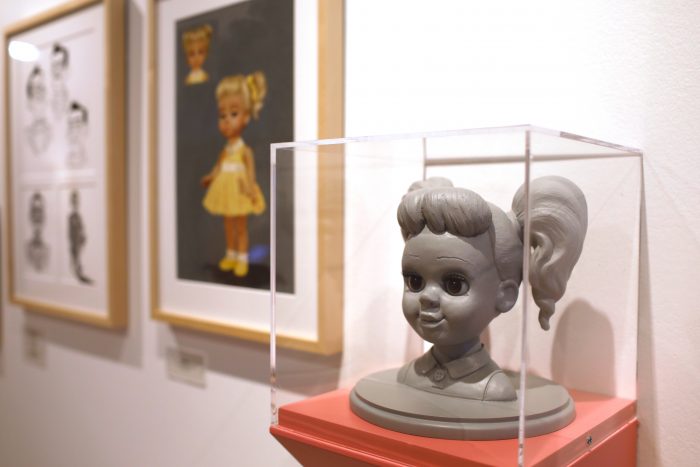
Gabby Gabby is a 1957 talking pull-string toy, built around the same time as Woody. The challenge was to make Gabby Gabby look like a realistic doll, versus an actual human — adjusting her skin to look like hard plastic instead of flesh, and paying attention to the metallic quality of her hair and eyes was important.
The character Forky had to look like a 6-year-old’s creation, but also be an appealing main character that would fit in with the regular Toy Story gang. As a main character he needed to have enough capacity for expression to support a wide range of acting choices.
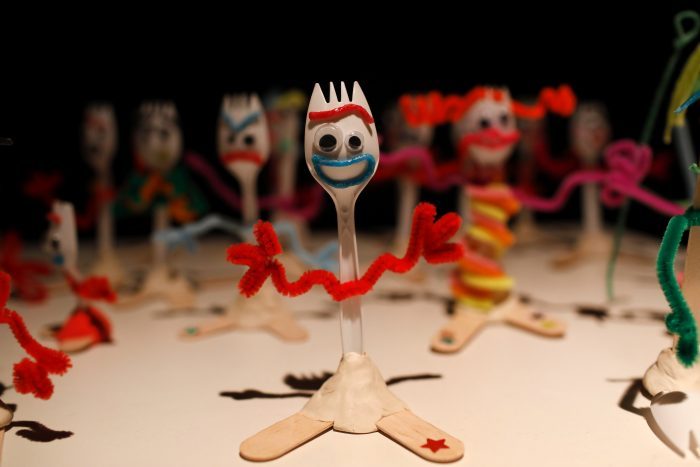
Four ventriloquist dummies were created, each aged slightly differently, with ill-fitting clothing and rigid facial features to make them seem “off.”
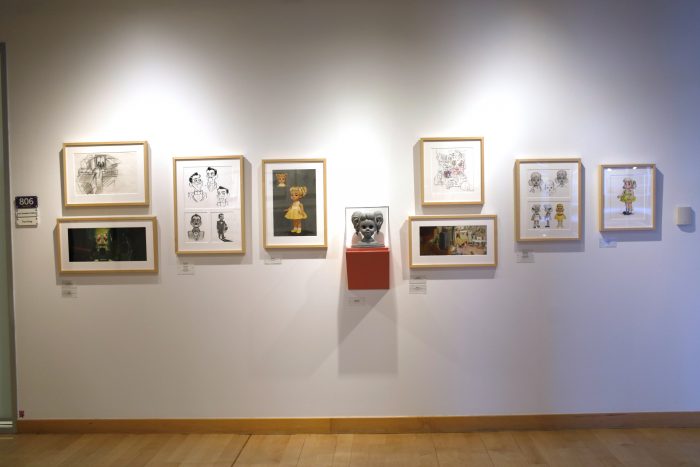
The Antiques Mall is one of the largest new sets built for the film. It is the size of a city relative to a toy, at 8,000 square feet with 10,000 items.
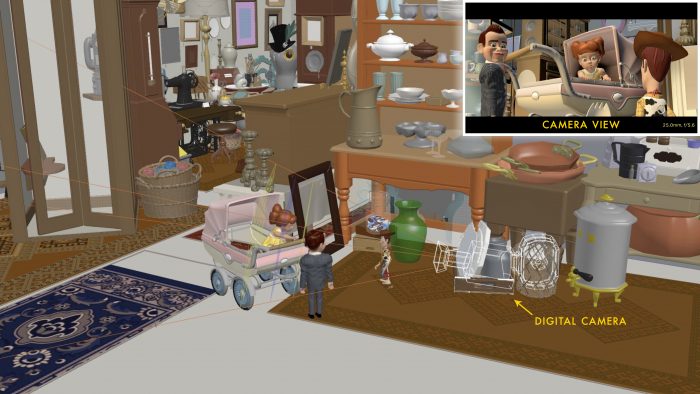
Creating a prop can take from a few hours to a few weeks; the Antique Store took two years to construct and fill. Areas of the store are arranged by theme, with wider carpet-covered thoroughfares for humans, and smaller alleyways that offer safe passage for toys.
The most challenging part of the scene from a staging viewpoint is defining the route of the pram ride — making sure the length covers the duration of the conversation, and that there are areas that fit action beats, like a clock chiming and the emergence of the dummies. Having once mapped out the action of the sequence, they can then start the process of their main work, cinematic storytelling.
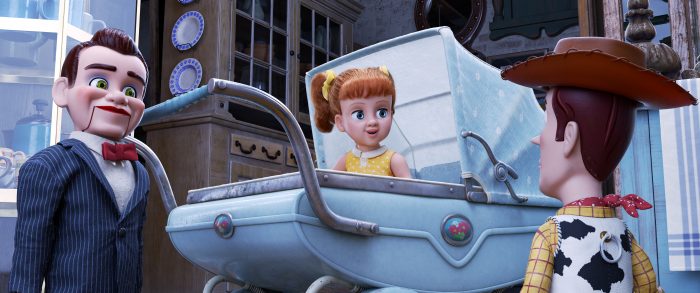
Shots are constructed with different foci and point of views in order to clarify the characters’ thinking processes and set up what’s to come later in the sequence.
The main animation of “Toy Story 4” took about 100 animators and nine months.
Animation is acting; they create the physical and emotional performances of the characters. Lighting’s goal is to get an emotional reaction out of the audience by directing its eyes to relevant information on the screen.
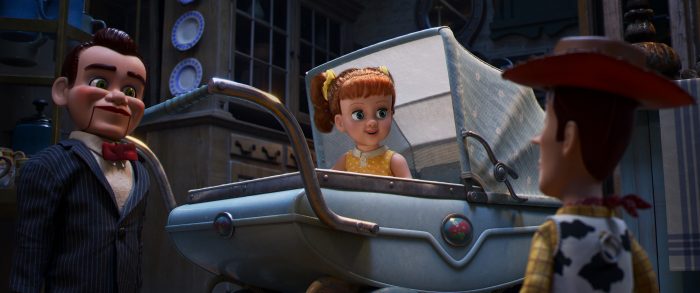
According to the panelists, the theme behind “Toy Story 4” is that our purpose in life is a moving target: The only constant is change. In this film of transitions, Woody will find that his life may have a greater purpose than just being there for his kid.
We’ll have more from the early press day, and on the film itself in the coming weeks. “Toy Story 4” comes to US theaters on June 21, 2019.
Take a look at the teaser trailer for the film below:
Want to know about “Toy Story 4”? Check out these posts:
- Early Press Day for Toy Story 4: Discusses Evolution of the Toy Story World
- New Toys Inspired by Toy Story 4 Arrive in Stores; See Some of the Collection Now!
- New Toy Story 4 Preview and Final Poster Released!
- Watch the First Full-Length Toy Story 4 Trailer Now
- Just Announced: Meet Bo Peep from Toy Story 4 Soon in Disney Parks!
- 10 Things We Can’t Wait for in Toy Story 4
Be sure to follow @allearsnet on Instagram and Twitter!
Check out our YouTube Channel for reviews, news, information and more!
Click below to subscribe to the AllEars® newsletter so you don’t miss any of the latest Disney news!




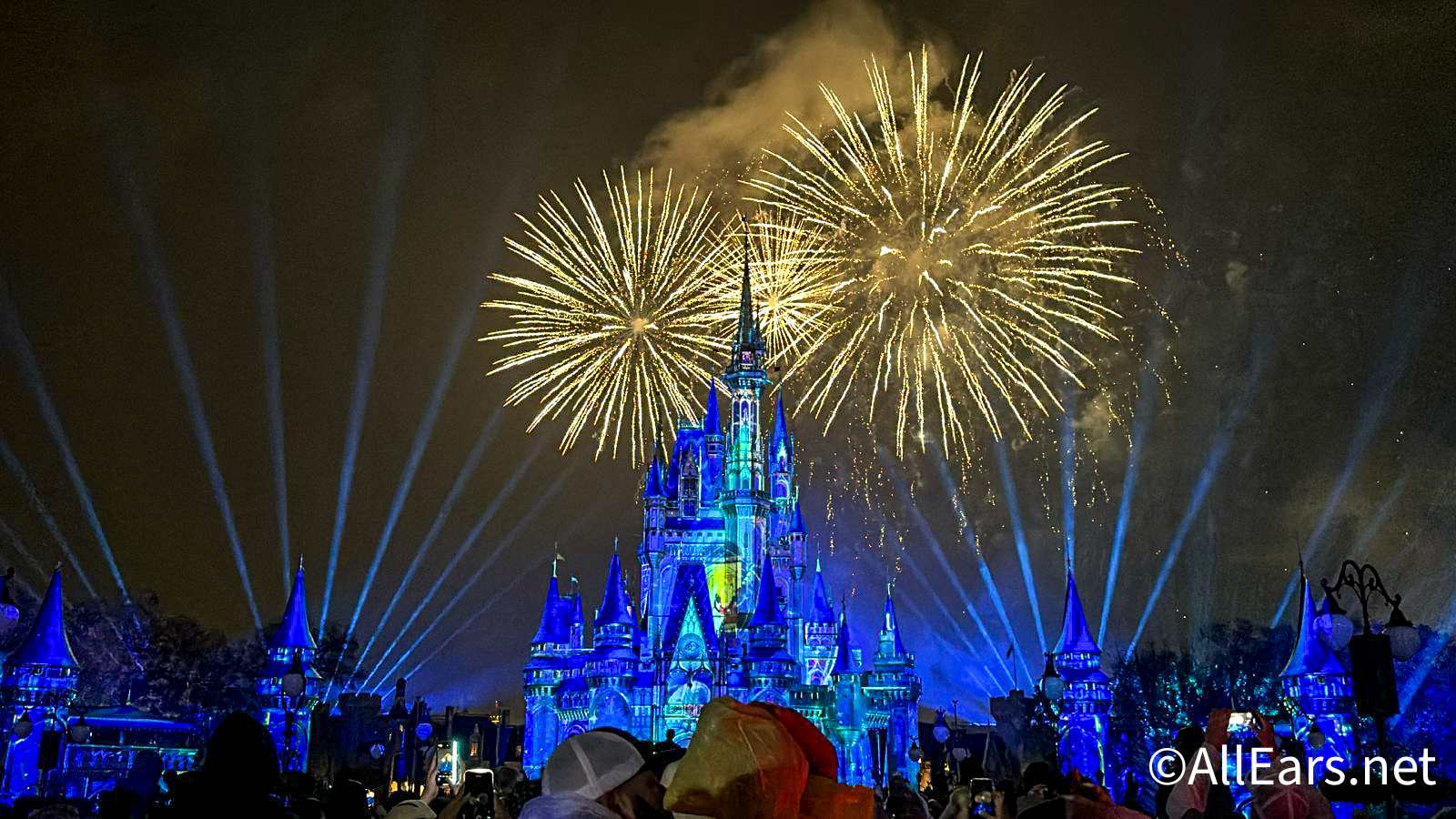
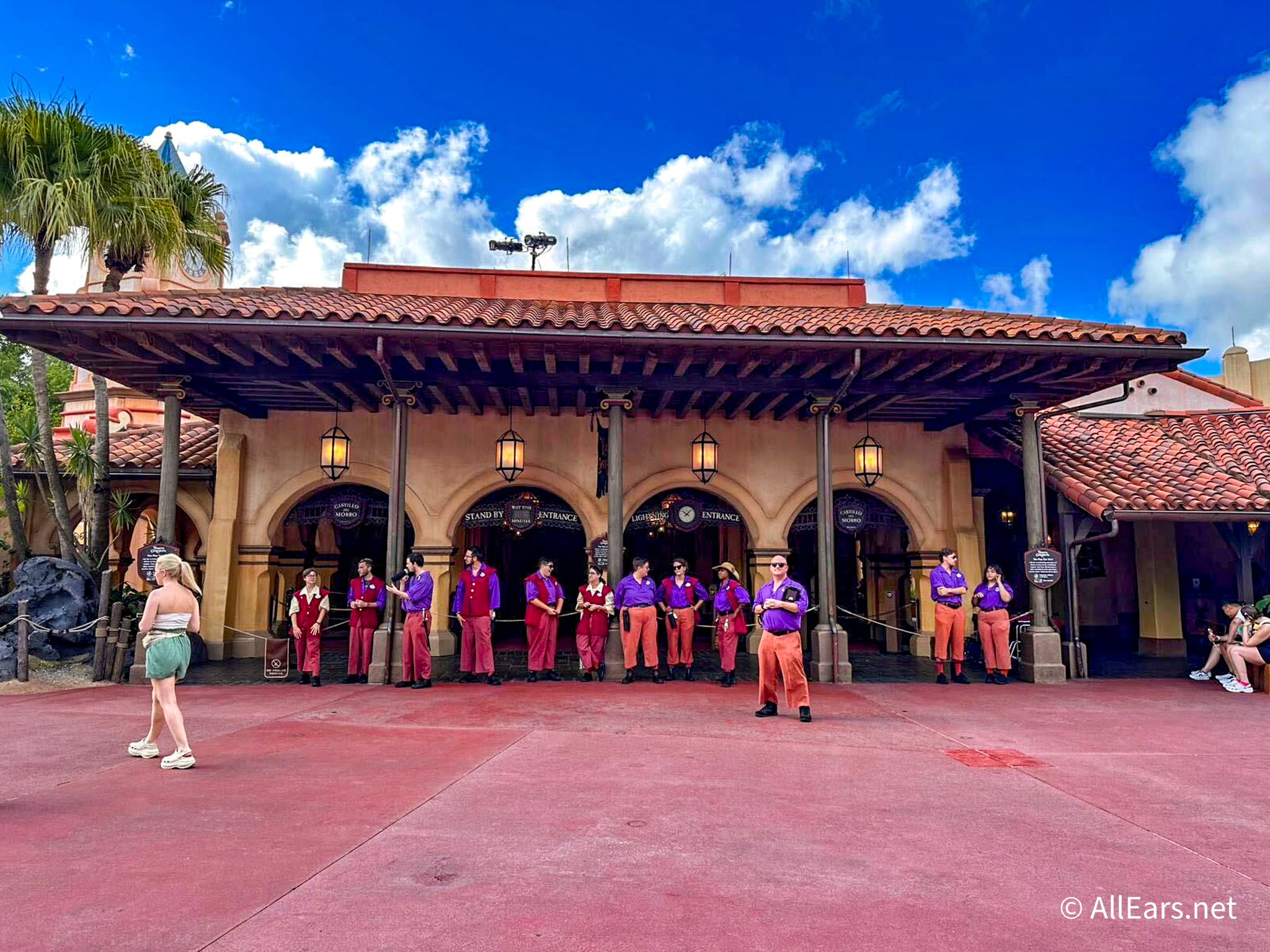
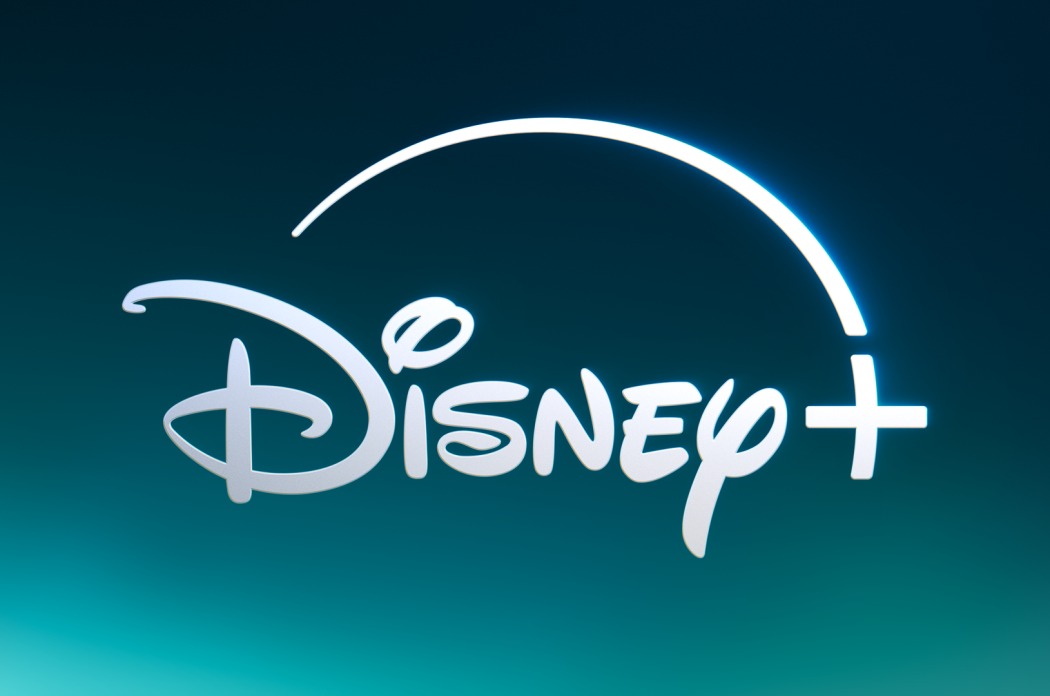

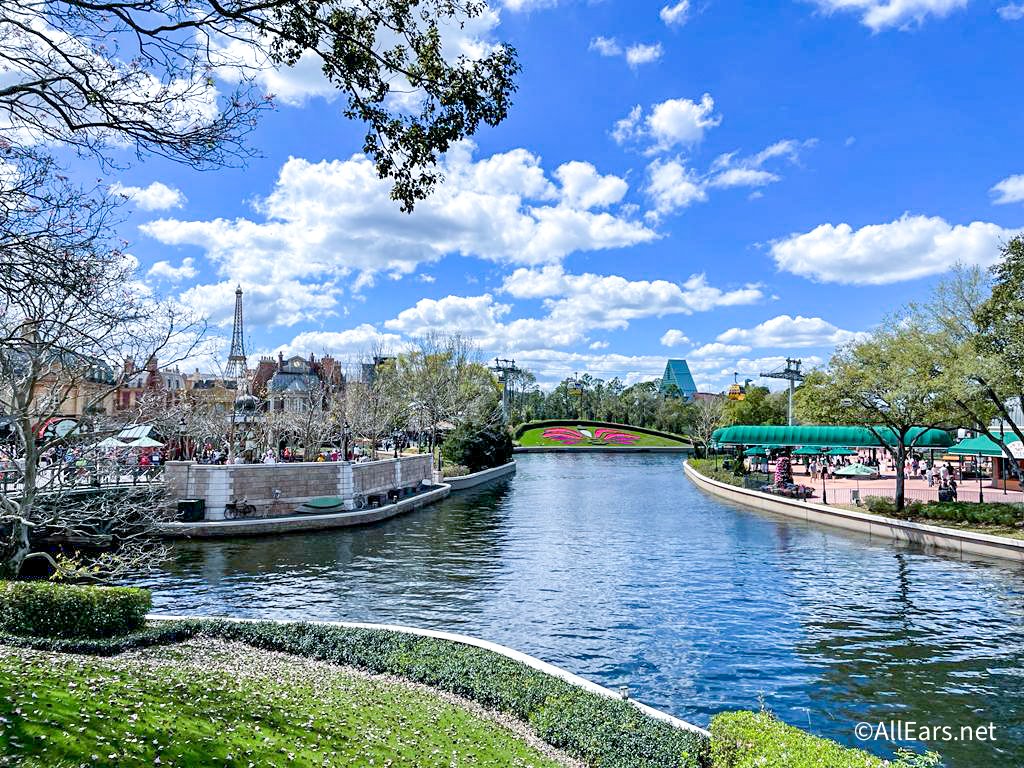
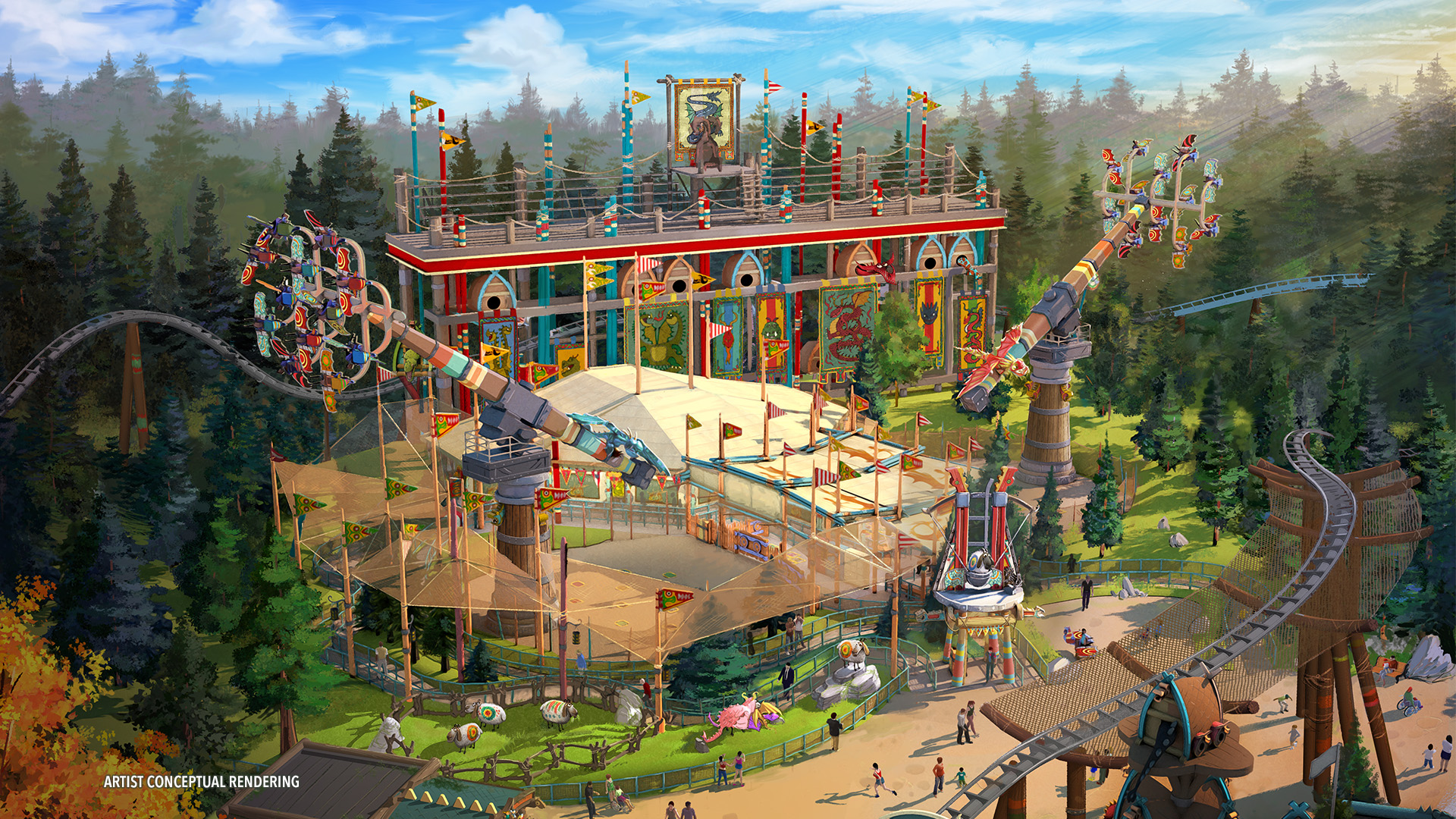
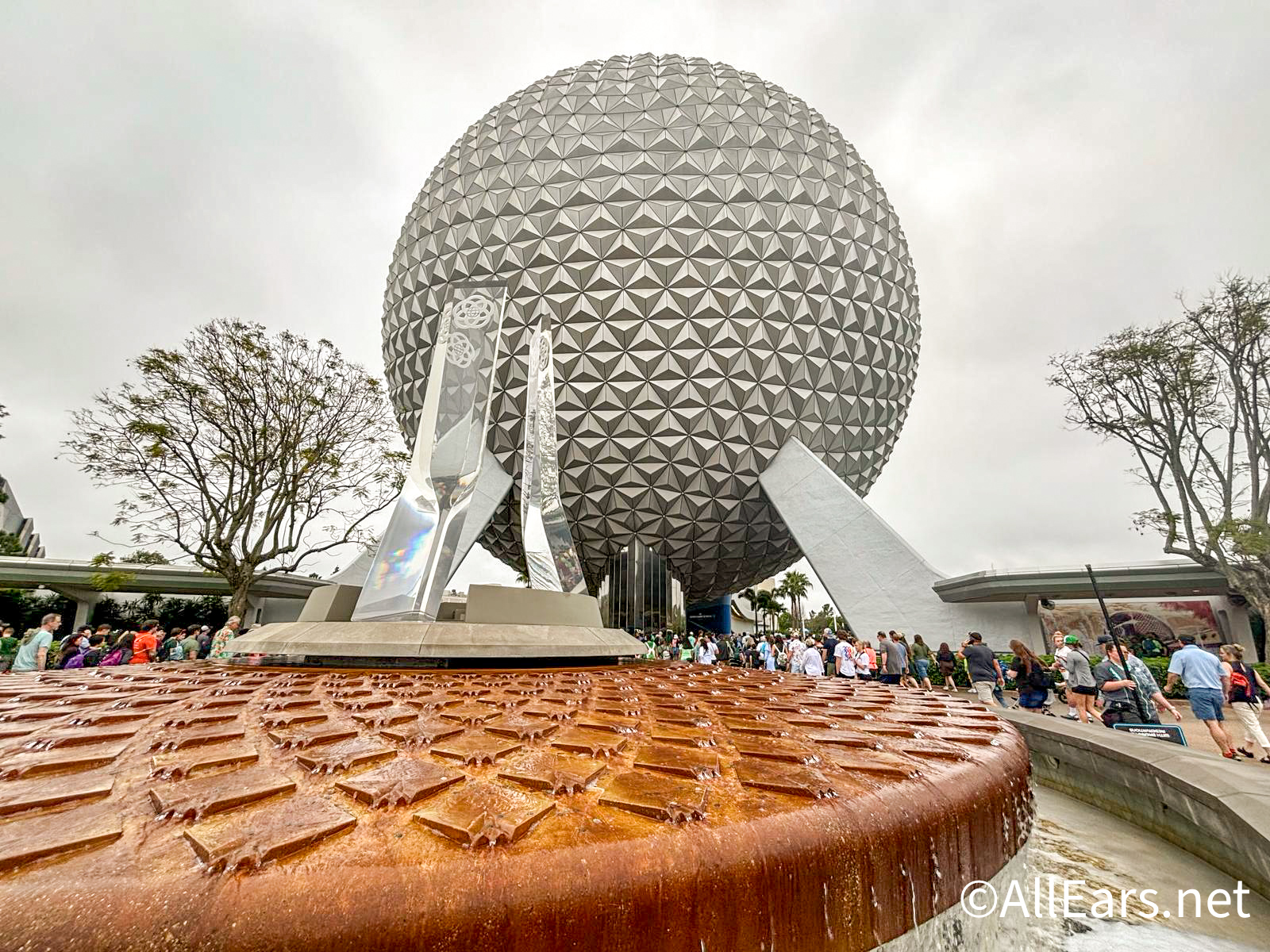
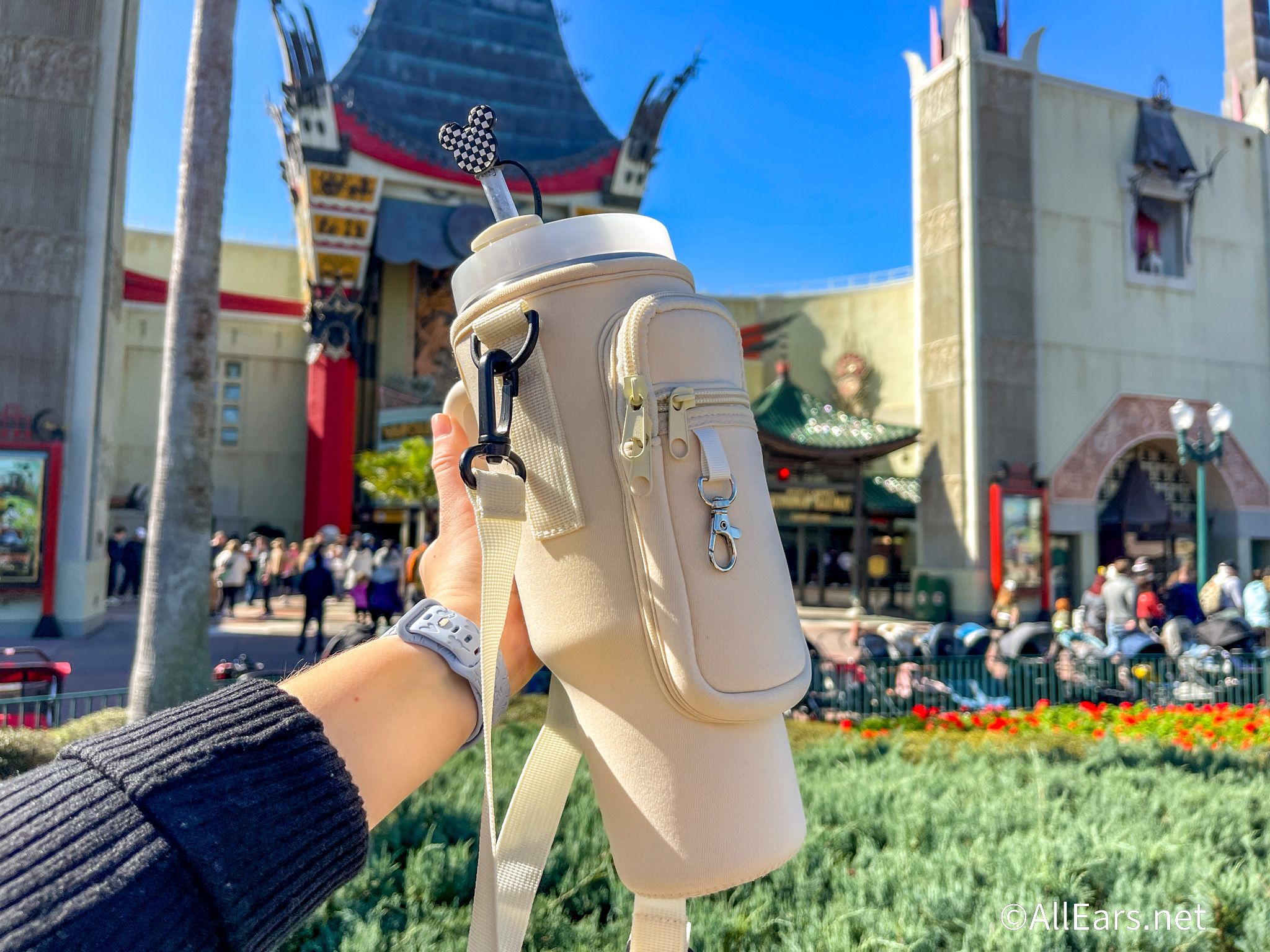






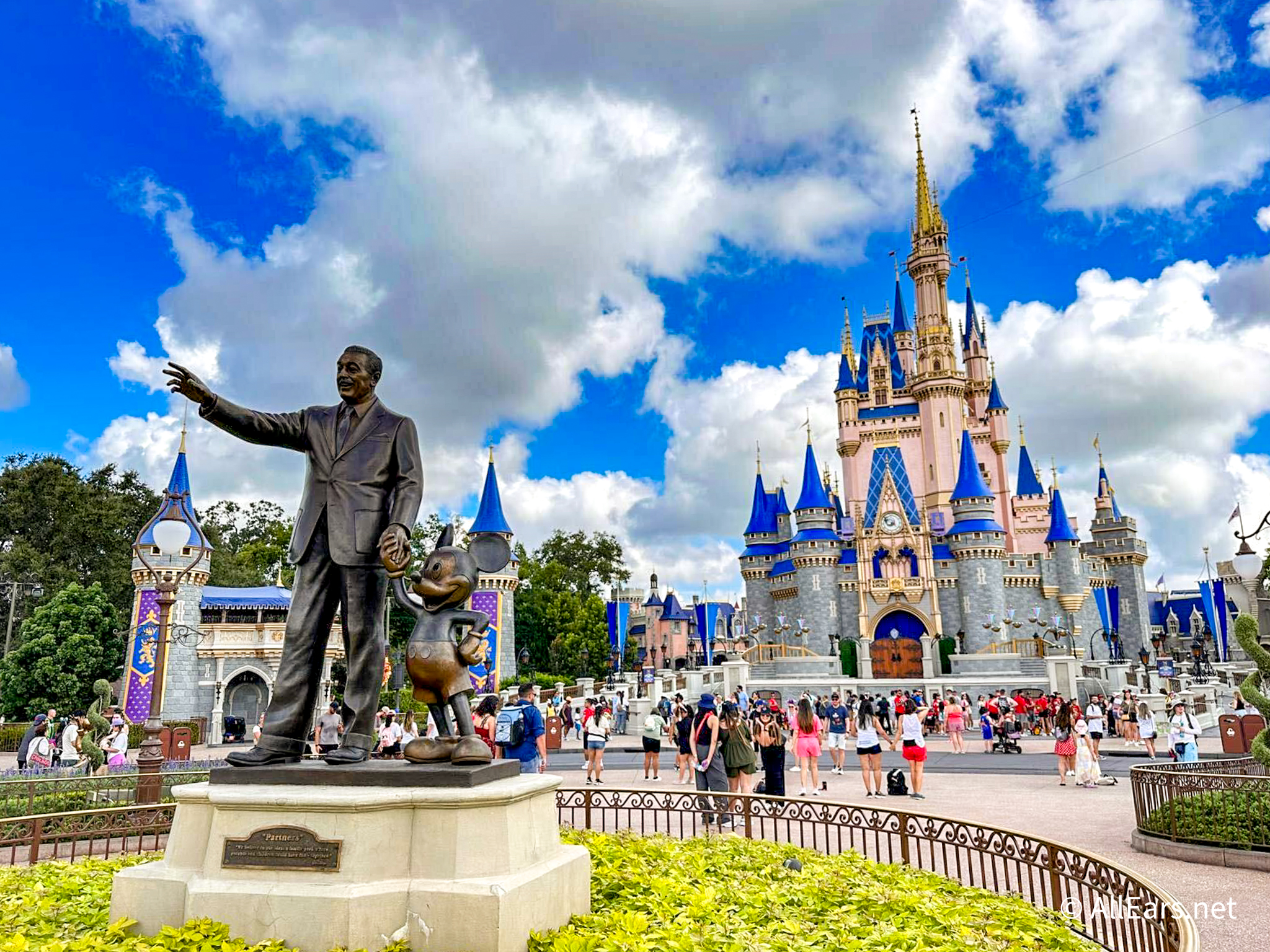

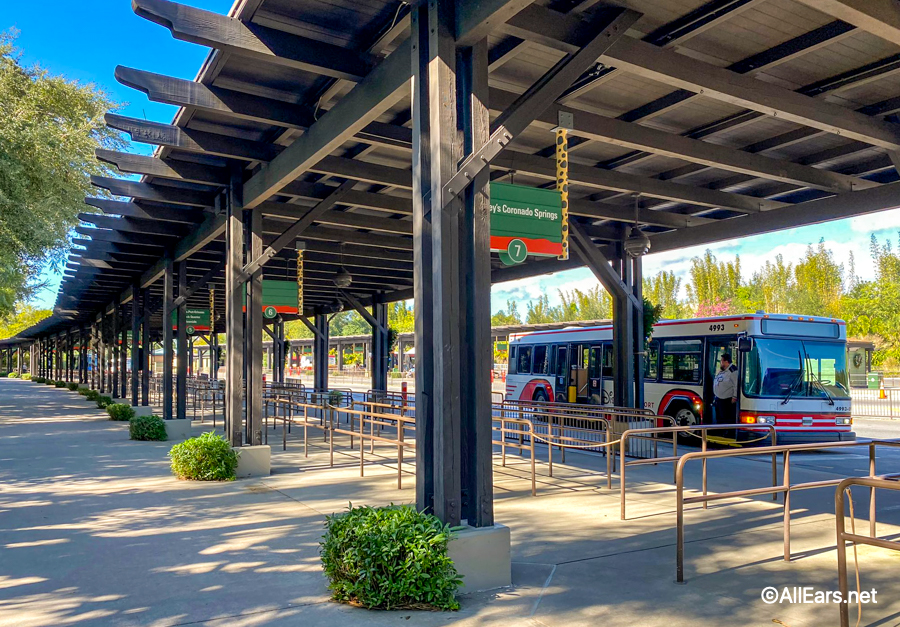



Trending Now
Don't miss out on these super low prices on Amazon for a bunch of cool...
Fireworks are an iconic way to end your Disney World day! But as sunset gets...
See what a Disney EXPERT does when a ride is CLOSED!
The legendary music event, previously exclusive to IMAX, is having its global streaming premiere on...
We're breaking down what the Disability Access Service is and how it will be changing...
We use these seven cheats at Disney World's EPCOT all the time.
Universal just posted a sneak peek at NEW Epic Universe rides!
I recently had the WORST day I've ever had in Disney World -- here's how...
Stanleys are trending and you can grab them on SALE on Amazon before your next...
People are STILL making these same Disney World mistakes.
With the EPCOT International Food and Wine Festival right around the corner, make sure you...
We've put together a complete guide to every Cast Member discount available at Disney World.
We're breaking down EVERYTHING you need to know about packages and dress options at Bibbidi...
This once-canceled TV show just got renewed for an eighth season.
Emma and Quincy are taking on ANOTHER wild theme park challenge -- EVERY Orlando theme...
Disney has made some major updates in an effort to manage line skipping. Learn all...
Take a look at the details of how Disney Genie works in both Disney World...
Do you need to get from Hollywood Studios to Animal Kingdom in Disney World? We're...
The 50th Anniversary Park Map Spirit Jersey has FINALLY arrived in Disney World's Vault Collection!
I go to Disney World alone A LOT, and these are the restaurants that never...